Table of contents
- What is Sativa?
- What Does Sativa Do to You?
- What's the Difference Between Indica and Sativa?
- Does Sativa Make You Sleepy?
- What Does Sativa Do?
- What is Stronger Sativa or Indica?
- Is Sativa an Upper or Downer?
- What's the Difference Between Indica, Sativa, and Hybrid High?
- Does Sativa Give You Energy?
- Does Sativa Make You Tired?
- What Does Sativa Weed Make You Feel?
- Conclusion
Have you ever wondered about the plant that's been cultivated by humans for millennia, a plant shrouded in both mystery and immense potential? We're talking about Cannabis sativa, a botanical marvel that has influenced cultures, medicine, and industry across the globe. For many, the world of cannabis can seem complex, with terms like "sativa," "indica," and "hybrid" often thrown around without clear explanations. But fear not! As someone who has spent years delving into the intricacies of this fascinating plant, I'm here to demystify Cannabis sativa for you.
In this comprehensive guide, we'll peel back the layers of Cannabis sativa, exploring its origins, its unique chemical makeup, and what makes it distinct from its cannabis cousins. Whether you're a curious newcomer, a seasoned enthusiast, or simply looking for reliable information, this post is designed to provide clear, engaging, and scientifically-backed insights into what Cannabis sativa truly is and how it interacts with our world. Get ready to embark on an enlightening journey into the heart of this ancient, yet ever-evolving, plant.
What is Sativa?
At its core, Cannabis sativa is an annual herbaceous flowering plant, first formally classified by Carl Linnaeus in 1753. The very name "sativa" means 'cultivated,' a testament to its long and deep history of human interaction and cultivation. This remarkable plant belongs to the Cannabaceae family, a botanical group that also includes familiar plants like Humulus (hops).
Historically, Cannabis sativa is indigenous to Eastern Asia, with recent microfossil data pointing specifically to the northeastern Tibetan Plateau as its origin. From there, it has achieved a truly cosmopolitan distribution, spreading across the globe through widespread cultivation. Genomic research even suggests that cannabis was domesticated around 12,000 years ago in East Asia during the early Neolithic period, challenging older theories of a Central Asian origin. Archaeological findings further solidify its ancient roots, showing cultivation in China for at least 4,500 years.
While some botanical debates persist regarding its exact taxonomic classification, modern DNA analysis often supports recognizing subspecies: C. sativa subsp. sativa (often associated with "hemp-type" varieties) and C. sativa subsp. indica (often associated with "drug-type" varieties). When people refer to "sativa" in common parlance, they are typically referring to the varieties known for their uplifting and energizing effects, often characterized by taller, slender plants with narrow leaves and longer flowering times.
What Does Sativa Do to You?
When people talk about the effects of "sativa," they are generally referring to the psychoactive and physiological responses associated with varieties rich in certain cannabinoid and terpene profiles. The common perception is that sativa-dominant strains tend to produce a more cerebral, invigorating, and uplifting experience. This is often described as a "head high" rather than a "body high."
From a personal perspective, I recall my first experience with a true sativa strain. It was a bright, sunny afternoon, and I was feeling a bit sluggish. After a small dose, instead of feeling heavy or sleepy, I noticed a distinct shift in my mental state. My thoughts became clearer, my creativity seemed to flow more freely, and I felt a burst of energy that made me want to engage with the world. It wasn't a jittery energy like too much caffeine, but a focused, motivated kind of alertness. I found myself tackling tasks with renewed enthusiasm and engaging in more lively conversations. This is a common theme among sativa users: a sense of heightened awareness, increased focus, and an overall mood elevation.
The underlying mechanisms involve the plant's complex chemical composition. Cannabis sativa produces over 550 compounds, including more than 100 phytocannabinoids and over 140 terpenes. The primary psychoactive compound, delta-9-tetrahydrocannabinol (THC), is responsible for the intoxicating effects. However, the entourage effect, where cannabinoids and terpenes work synergistically, plays a crucial role in shaping the overall experience. Terpenes like limonene (citrus-scented, potential anti-anxiety properties), alpha-pinene (pine-scented, potential anti-inflammatory effects), and often lower levels of myrcene (associated with sedating effects) are frequently found in sativa-dominant varieties, contributing to their characteristic uplifting profiles.
What's the Difference Between Indica and Sativa?
The distinction between "indica" and "sativa" is one of the most fundamental concepts in the cannabis world, though it's important to note that modern genetics have blurred these lines considerably with the prevalence of hybrids. Traditionally, the differences were based on geographical origin, physical appearance, and perceived effects.
Botanical Differences:
Cannabis indica is believed to originate from the Hindu Kush mountains, characterized by shorter, bushier plants with wider leaves and a denser structure. They typically have a shorter flowering time.
Cannabis sativa, as discussed, is taller and more slender, with narrow leaves and a longer flowering period.
Perceived Effects:
Indica: Often associated with a "body high," leading to deep relaxation, sedation, pain relief, and appetite stimulation. It's frequently recommended for nighttime use or for winding down. The common mnemonic is "Indica = In Da Couch."
Sativa: Known for its "head high," energizing, uplifting, creative, and focusing effects. It's often preferred for daytime use or social activities.
However, it's crucial to understand that these are generalizations. The actual effects of a cannabis strain are more accurately determined by its specific cannabinoid and terpene profile, rather than simply its "indica" or "sativa" classification. For instance, a "sativa" strain with a high myrcene content might be more sedating than expected, while an "indica" strain rich in limonene could offer a surprising burst of energy.
Here's a table summarizing the traditional differences:
|
Feature |
Traditional Sativa |
Traditional Indica |
|
Origin |
Eastern Asia (e.g., Tibetan Plateau) |
Central Asia (e.g., Hindu Kush mountains) |
|
Plant Appearance |
Tall, slender, loose branching, narrow leaves |
Shorter, bushy, dense branching, wide leaves |
|
Flowering Time |
Longer (10-14 weeks) |
Shorter (6-9 weeks) |
|
Typical High |
Uplifting, energetic, cerebral, creative, focused |
Relaxing, sedating, body high, pain relief, appetite stimulant |
|
Common Use |
Daytime, social activities, creative pursuits |
Nighttime, relaxation, pain management, sleep aid |
|
Associated Terpenes |
Limonene, Pinene, Terpinolene |
Myrcene, Linalool, Beta-Caryophyllene |
Does Sativa Make You Sleepy?
This is a common question, and the short answer is generally no, sativa typically does not make you sleepy. In fact, it's usually quite the opposite. Sativa strains are renowned for their stimulating and uplifting effects, which are more likely to promote alertness and energy rather than drowsiness.
The misconception might arise from the broad and often oversimplified categorization of cannabis strains. As we discussed, the specific chemical profile of a plant - particularly its unique blend of cannabinoids and terpenes - is a far better indicator of its effects than its classification as "sativa" or "indica."
For example, while myrcene is a terpene often associated with sedative effects and is more commonly found in indica strains, some sativa varieties might contain it in lower concentrations. However, the overall terpene and cannabinoid synergy in sativa-dominant strains usually leans towards an energizing outcome. If someone experiences sleepiness from what they believe is a sativa, it could be due to:
Mislabeling: The strain might actually be an indica or a hybrid with strong sedative properties.
Individual Physiology: Everyone's endocannabinoid system is unique, and what affects one person in a certain way might have a different impact on another.
Dosage: Very high doses of any cannabis strain, regardless of its classification, can sometimes lead to an overwhelming feeling that might be interpreted as tiredness or a desire to rest.
My personal experience aligns with the general consensus: I've never felt sleepy after consuming a true sativa. Instead, I've found them to be excellent companions for getting things done, whether it's writing, cleaning, or engaging in outdoor activities. If you're looking to avoid sleepiness, opting for a well-vetted sativa strain is generally a good strategy.
What Does Sativa Do?
Beyond the general "uplifting" label, what exactly does Cannabis sativa do? Its effects are multifaceted, impacting both the mind and body, primarily through its interaction with the human ECS.
The ECS is a complex network of receptors, endocannabinoids (cannabinoids produced by the body), and enzymes that play a crucial role in regulating a wide range of physiological processes, including mood, appetite, sleep, pain sensation, and memory. The cannabinoids found in Cannabis sativa, particularly THC and CBD, mimic our body's own endocannabinoids, binding to receptors.
Mental Effects:
- Enhanced Creativity and Focus: Many users report a heightened sense of creativity and an improved ability to focus on tasks. This can be particularly beneficial for artists, writers, or anyone looking to break through mental blocks.
- Mood Elevation: Sativa strains are often praised for their mood-boosting properties, helping to alleviate feelings of stress, anxiety, and depression for some individuals.
- Increased Sociability: The stimulating nature of sativas can make social interactions more engaging and enjoyable, reducing social anxieties for some.
- Cerebral Stimulation: A common descriptor is a "head high," characterized by a buzzing or tingling sensation in the head, accompanied by a feeling of mental clarity and alertness.
Physical Effects:
- Energy Boost: As discussed, sativas are known for providing an energetic lift, making them suitable for daytime use or before physical activities.
- Mild Pain Relief: While indicas are often preferred for strong pain relief, some sativa strains can offer analgesic properties, particularly for neuropathic pain or general discomfort.
- Appetite Stimulation: Like many cannabis varieties, sativas can stimulate appetite, often referred to as "the munchies."
It's also worth noting the potential therapeutic applications under investigation. Research supports potential benefits for neurological conditions like epilepsy and multiple sclerosis, pain management, and certain mental health conditions. However, it's important to remember that while the plant has been used medicinally for thousands of years, with documented use dating back to 2800 BC in Chinese medicine, modern scientific understanding is still evolving, and more rigorous clinical trials are needed.
What is Stronger Sativa or Indica?
The question of whether sativa or indica is "stronger" is a common one, but it's a bit of a misnomer. "Strength" in cannabis is primarily determined by the concentration of cannabinoids, particularly THC, rather than the plant's sativa or indica classification. Both sativa and indica varieties can be bred to have very high THC levels, making either potentially "stronger" in terms of psychoactive potency.
For instance, a sativa strain might have 25% THC, while an indica strain could have 28% THC. In this scenario, the indica would be technically "stronger" in terms of THC content. Conversely, a sativa with 30% THC would be stronger than an indica with 20% THC.
The perceived "strength" also depends on an individual's tolerance, their unique endocannabinoid system, and the specific terpene profile of the strain. A strain with a high THC content might feel less overwhelming if it also contains a significant amount of CBD, which can modulate THC's effects, or certain terpenes that promote a more balanced experience.
Instead of focusing on which is inherently "stronger," it's more accurate to consider:
- Cannabinoid Content: Look at the percentages of THC, CBD, and other cannabinoids.
- Terpene Profile: Understand how terpenes contribute to the overall effect.
- Desired Outcome: Are you seeking relaxation, energy, pain relief, or something else?
My advice, based on years of exploring various strains, is to always start with a low dose, especially if you're trying a new strain or if you're new to cannabis. This allows you to gauge its effects on your body and mind before increasing your intake. What feels "strong" to one person might be perfectly manageable for another.
Is Sativa an Upper or Downer?
Based on the typical effects associated with sativa-dominant cannabis strains, it is overwhelmingly considered an upper. This means it tends to produce stimulating, energizing, and uplifting effects, rather than sedating or calming ones.
Think of it in terms of how you might feel after a strong cup of coffee or an invigorating workout - a sense of alertness, heightened focus, and readiness to engage. While coffee primarily affects adenosine receptors, and exercise releases endorphins, sativa's "upper" qualities stem from its unique cannabinoid and terpene composition interacting with the endocannabinoid system and other neurochemical pathways.
As someone who appreciates the nuances of cannabis, I've found sativas to be invaluable for creative endeavors and for maintaining productivity throughout the day. There's a distinct mental clarity that often accompanies a good sativa, which helps to cut through brain fog and encourage active participation in tasks or conversations. It's the kind of strain you might choose before a hike, a social gathering, or a brainstorming session, rather than before bed.
While individual responses can vary, the general consensus and the scientific understanding of the compounds found in sativa-dominant plants firmly place them in the "upper" category. They are designed, through their chemical makeup, to activate and stimulate, providing a counterpoint to the more relaxing and sedative "downer" effects typically associated with indica strains.
What's the Difference Between Indica, Sativa, and Hybrid High?
Understanding the distinct experiences offered by indica, sativa, and hybrid strains is key to navigating the diverse world of cannabis. While we've touched on indica and sativa, let's bring hybrids into the picture to complete the spectrum.
Indica High:
- Feeling: Often described as a "body high," leading to deep relaxation, physical calm, and sometimes a "couch-lock" sensation. It's known for its sedative qualities.
- Mental State: Can induce a sense of tranquility, reduce anxiety, and promote sleepiness. Thoughts might slow down.
- Common Uses: Ideal for evening or nighttime use, pain relief, muscle relaxation, alleviating insomnia, and reducing stress.
My Experience: I've used indica strains when I've needed to truly unwind after a stressful day. There's a comforting warmth that spreads through the body, melting away tension. It's perfect for a quiet evening in, perhaps with a good book or a movie, before drifting off to sleep.
Sativa High:
- Feeling: Primarily a "head high," characterized by mental stimulation, energy, and an uplifting sensation. Less physical sedation.
- Mental State: Promotes creativity, focus, heightened awareness, and can make conversations more engaging. Can sometimes be intense for those prone to anxiety if the dose is too high.
- Common Uses: Best for daytime use, creative projects, social events, physical activities, and boosting mood.
My Experience: As mentioned before, sativas are my go-to for sparking creativity or getting motivated. I find that they enhance my ability to think abstractly and connect ideas, making them perfect for writing or brainstorming sessions.
Hybrid High:
- Feeling: Hybrids are a blend of indica and sativa genetics, meaning their effects can vary widely depending on the dominant lineage and specific cannabinoid/terpene profile. They offer a spectrum of experiences.
- Mental State: Can combine the cerebral uplift of sativa with the body relaxation of indica. Some hybrids might be "sativa-dominant," offering a more energetic experience with a touch of body calm, while "indica-dominant" hybrids lean towards relaxation with some mental clarity. "Balanced" hybrids aim for an even mix.
- Common Uses: Extremely versatile, suitable for various times of day and a wide range of needs. A balanced hybrid might be good for general relaxation without heavy sedation, or for mild pain relief that still allows for activity.
My Experience: Hybrids are often my preferred choice for their versatility. For example, a balanced hybrid might be perfect for a weekend afternoon - enough relaxation to unwind, but still enough mental clarity to enjoy a conversation or a light activity. It's like getting the best of both worlds, tailored to a specific mood or need.
Here's a table comparing the high profiles:
|
Feature |
Indica High |
Sativa High |
Hybrid High |
|
Primary Effect |
Body relaxation, sedation |
Mental stimulation, energy |
Balanced (mix of body and mind) |
|
Feeling |
Heavy, calm, "couch-lock" |
Uplifting, cerebral, alert |
Varies: can be more body, more mind, or balanced |
|
Mental State |
Tranquil, sleepy, reduced anxiety |
Creative, focused, euphoric, heightened awareness |
Adaptable: depends on dominant genetics |
|
Best For |
Nighttime, sleep, pain relief, deep relaxation |
Daytime, creativity, social events, physical activity |
Versatile: depends on specific strain and desired effect |
Does Sativa Give You Energy?
Absolutely! One of the most defining characteristics of sativa-dominant cannabis strains is their propensity to provide an energetic boost. This isn't just anecdotal; it's rooted in the plant's chemical composition.
While THC is the primary psychoactive compound, the specific terpenes present in sativa varieties play a significant role in shaping this energetic effect. Terpenes like limonene, known for its citrusy aroma, and alpha-pinene, with its fresh pine scent, are often abundant in sativas. Limonene is associated with mood elevation and stress reduction, while alpha-pinene is thought to promote alertness and memory retention. When these terpenes interact with cannabinoids like THC, they contribute to the overall stimulating experience.
My personal routine often includes a sativa strain when I need to kickstart my day or overcome a mid-afternoon slump. I find it far more effective than an extra cup of coffee for certain tasks, as it provides a clear-headed energy without the jitters or eventual crash that caffeine can sometimes bring. It's an energy that encourages movement, thought, and engagement, making it ideal for tasks that require sustained focus or physical activity.
This energizing effect is why sativas are often recommended for daytime use, for individuals dealing with fatigue, or for those seeking to enhance their productivity or creative flow. It's a natural pick-me-up that works with your body's own systems to promote a sense of vitality.
Does Sativa Make You Tired?
To reiterate and emphasize: No, sativa strains are generally not known for making you tired. In fact, if you're feeling tired after consuming cannabis, it's highly probable that you've either consumed an indica-dominant strain, a hybrid with strong indica characteristics, or you've simply consumed too much of any strain, leading to an overwhelming sensation that can manifest as drowsiness.
The primary goal of most sativa cultivators and consumers is to achieve an uplifting, stimulating, and often euphoric effect. The chemical profiles of these strains are geared towards promoting alertness and mental activity. If sleepiness is your desired outcome, you would typically seek out indica strains, which are rich in myrcene, known for their sedative properties.
It's a common pitfall to generalize cannabis effects without considering the nuanced interplay of cannabinoids and terpenes. The "sativa makes you energetic, indica makes you sleepy" rule of thumb, while a good starting point, isn't absolute. However, for the vast majority of cases, if you're looking to avoid tiredness and instead seek an invigorating experience, a true sativa is your best bet. Always check the strain's specific cannabinoid and terpene profile if available, as this will give you the most accurate prediction of its effects.
What Does Sativa Weed Make You Feel?
So, after all this discussion, what's the bottom line? What does "sativa weed" truly make you feel? While individual experiences can vary due to unique body chemistry and tolerance levels, there's a widely recognized spectrum of sensations and mental states associated with sativa-dominant strains.
When I consume a sativa, the first thing I often notice is a subtle shift in perception. Colors might seem a bit brighter, sounds a touch clearer, and my thoughts begin to race in a productive, rather than anxious, way. It's like a mental fog lifts, revealing a clearer, more vibrant landscape.
Here's a breakdown of the typical feelings and experiences:
- Mental Clarity and Focus: One of the most prized effects. Sativas can help sharpen your focus, making it easier to concentrate on tasks, whether it's work, creative projects, or even just a deep conversation.
- Uplifted Mood and Euphoria: Many users report a significant improvement in mood, often accompanied by feelings of happiness, joy, and a general sense of well-being. This can be particularly beneficial for those struggling with low mood or stress.
- Increased Energy and Motivation: As we've discussed, a surge of physical and mental energy is characteristic. This can translate into a desire to be active, productive, or simply more engaged with your surroundings.
- Enhanced Creativity: For artists, writers, and problem-solvers, sativas can unlock new perspectives and stimulate innovative thinking. Ideas might flow more freely, and connections might be made that weren't apparent before.
- Sociability and Talkativeness: The stimulating nature can make social interactions more enjoyable and lead to more lively conversations. You might find yourself more open and engaged.
- Mild Cerebral Stimulation: A light, buzzing sensation in the head is often reported, indicating the cerebral activation.
- Reduced Inhibition (in some cases): For some, the uplifting effects can lead to a slight reduction in social inhibitions, making them feel more comfortable and outgoing.
It's important to remember that while these are common effects, the intensity and specific nuances can vary greatly from strain to strain and person to person. Factors like dosage, method of consumption, and your individual state of mind can all influence the experience. The key is to start low and go slow, allowing yourself to discover how different sativa varieties interact with your unique system.
Conclusion
From its ancient origins in the Tibetan Plateau to its modern-day applications in medicine and industry, Cannabis sativa is truly a plant of remarkable versatility and complexity. We've explored its botanical identity, delved into the distinct "head high" it typically offers, and clarified the common misconceptions surrounding its effects on energy and sleep. We've also highlighted the crucial differences between sativa, indica, and hybrid strains, emphasizing that the true power of cannabis lies in its intricate chemical profiles of cannabinoids and terpenes.
Understanding Cannabis sativa goes beyond simple labels; it's about appreciating the nuanced interplay of compounds that shape each unique experience. Whether you're seeking a burst of creativity, a mood uplift, or enhanced focus for your daily tasks, sativa-dominant varieties offer a compelling option.
As the legal landscape continues to evolve and scientific research expands, our understanding of Cannabis sativa will only deepen. This ancient plant, once shrouded in stigma, is increasingly recognized for its profound potential to contribute to human health, sustainable agriculture, and environmental restoration.
Ready to explore the world of Cannabis sativa further? We encourage you to continue your research, speak with knowledgeable professionals, and if legal in your area, explore responsibly. Discover the strains that best align with your needs and embark on your own journey of understanding this incredible plant.




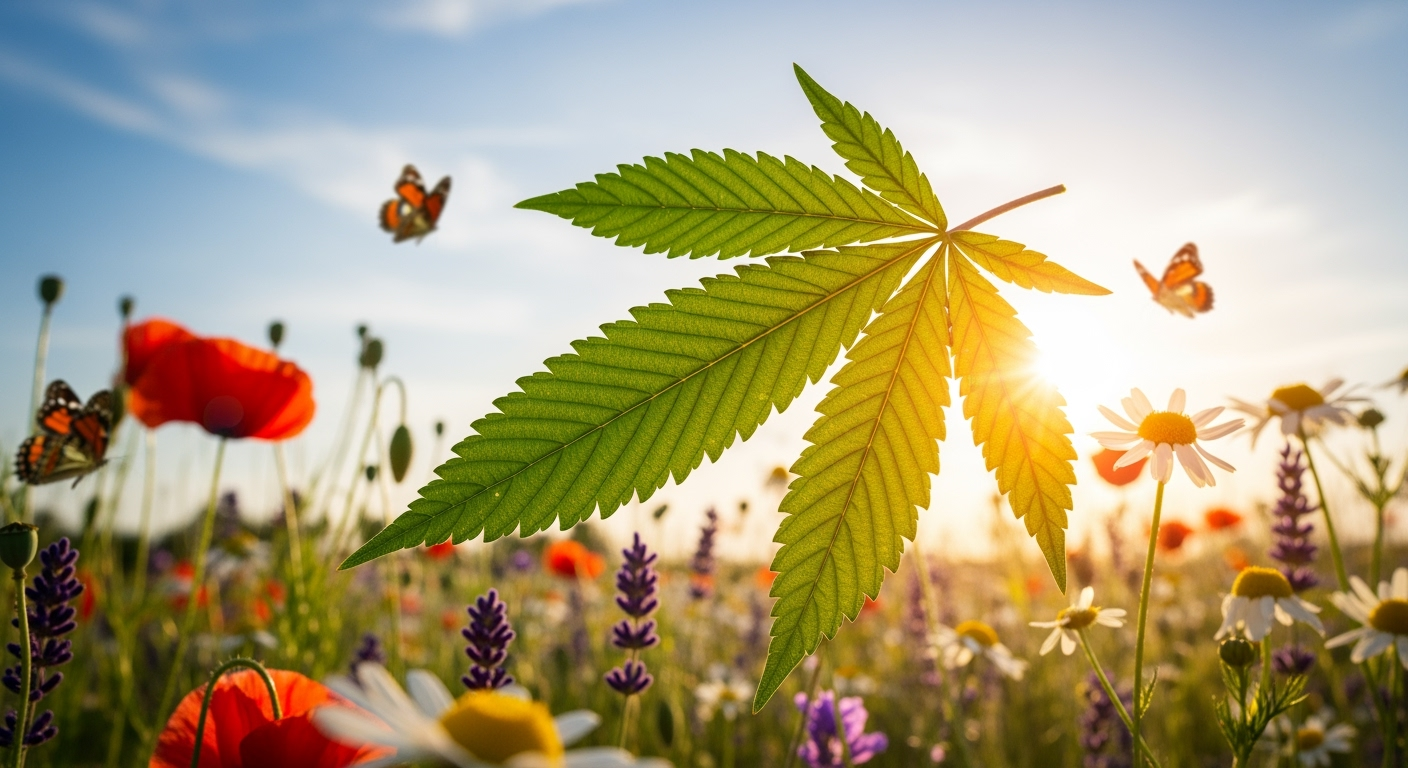
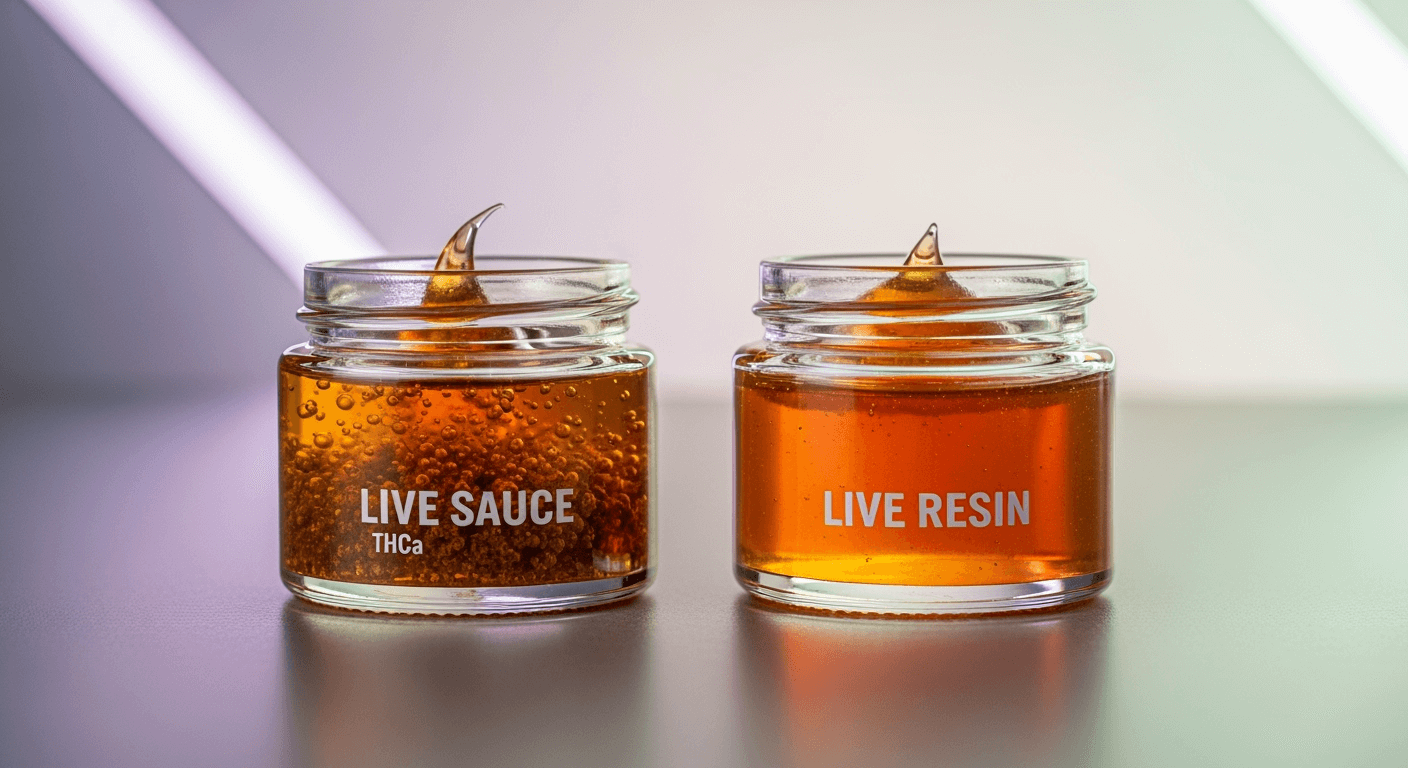

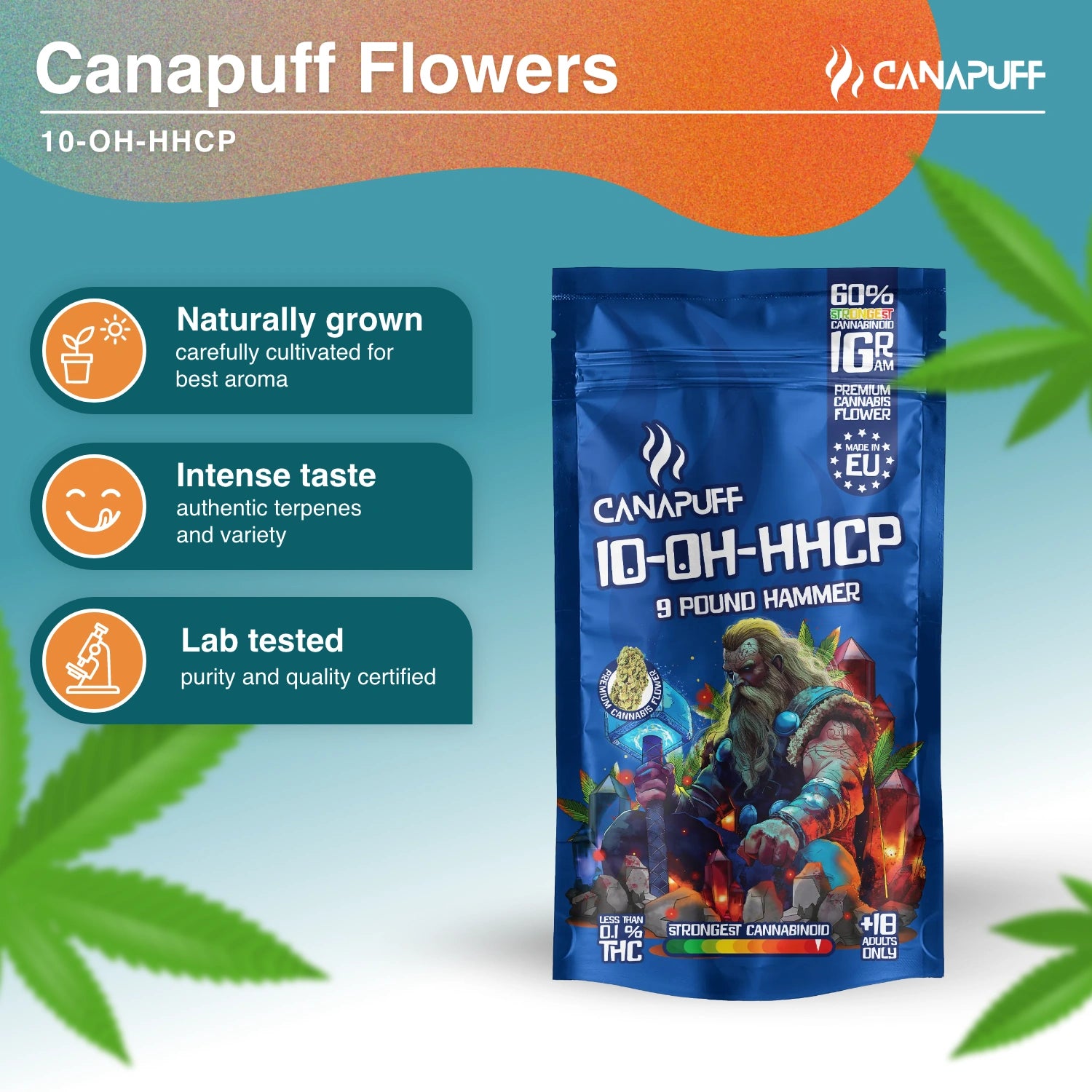
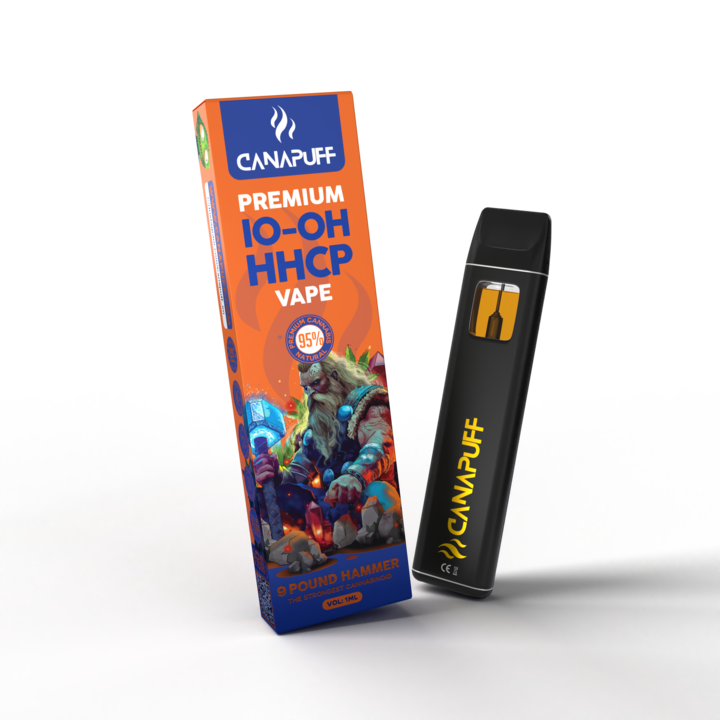
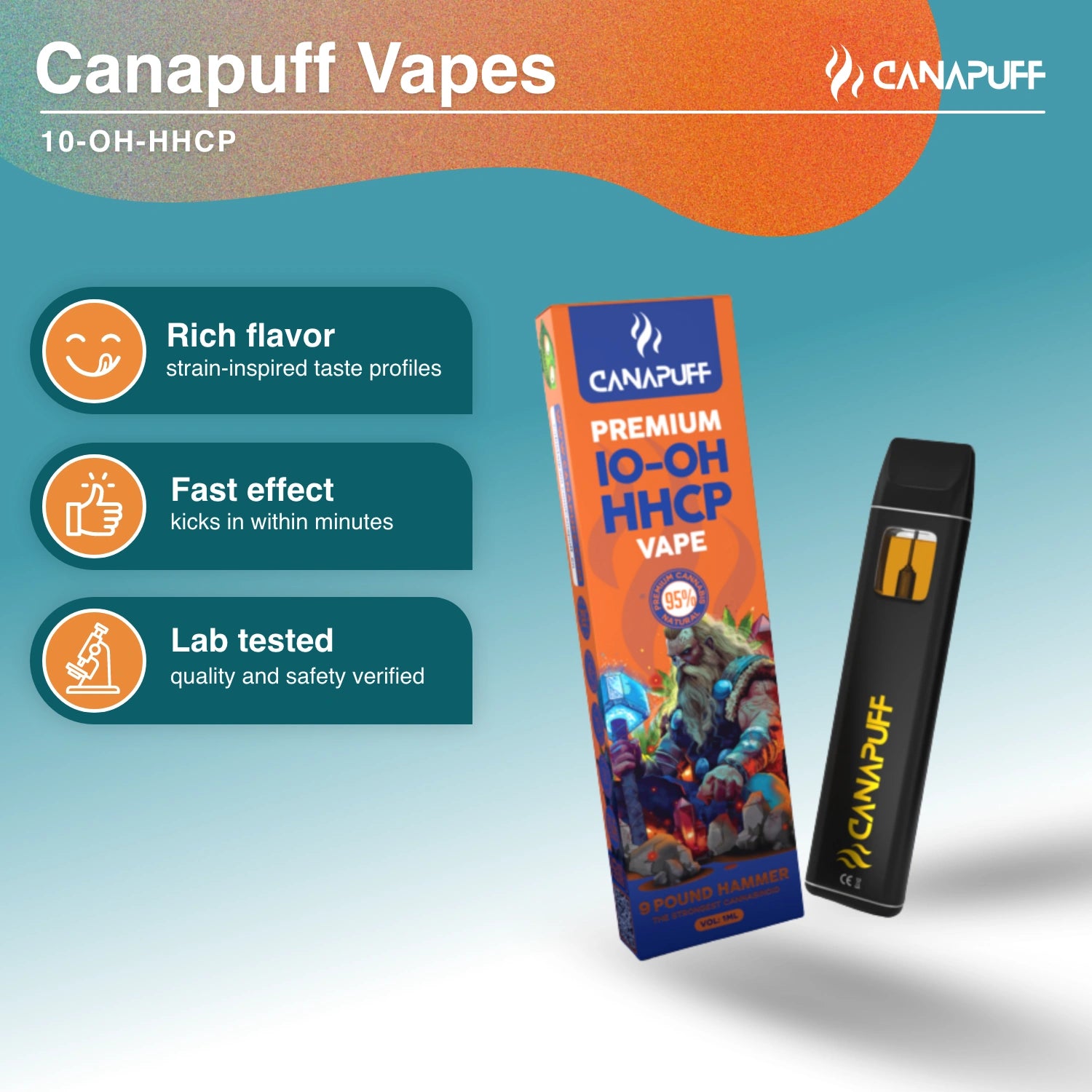







Leave a comment
This site is protected by hCaptcha and the hCaptcha Privacy Policy and Terms of Service apply.